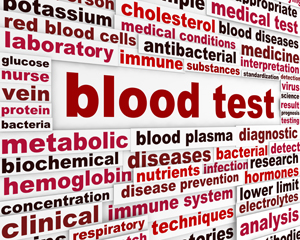TestTalk: HLA B27
Purpose, diagnostic value, and collection requirements
by Dennis Ernst • September 07, 2020

Human Leukocyte Antigen B27 is a protein that coats white blood cells in patients with autoimmune diseases. It also refers to the gene that codes for this protein. It is found in about 6% of the U.S. population. Those whose leukocytes are coated with HLA-B27 are more likely to develop an autoimmune disease such as ankylosing spondylitis, juvenile rheumatoid arthritis, and reactive arthritis. It's also been linked to inflammatory bowel disease. HLA-B27 does not cause these disorders, but patients with them are more likely to have the protein coating their white blood cells than those who don't (6% in the general population versus up to 90% in those with these conditions).
Previous bacterial infections seem to play a role in HLA-B27's autoimmune response connection. Some researchers speculate similarities between the HLA-B27 antigen and the antigens on the surface of certain microbes signal the immune system to attack both the microbe and the patient's own tissues. After the infection, the autoimmune disorder is triggered.
HLA-B27 is drawn into EDTA tubes and, occasionally, ammonium heparin tubes. Stability at room temperature is one day or less. No patient preparation is required (e.g., fasting, recumbent, timing, etc.)
References
- LabTestsOnline.com. American Association for Clinical Chemistry. AACC. Accessed 1/14/2021.
- World Health Organization. Use of Anticoagulants in Diagnostic Laboratory Investigations. WHO. Geneva, Switzerland. 2002.
Related Posts and Information
overall rating: my rating: log in to rate
B27 HLA laboratory requirements test
